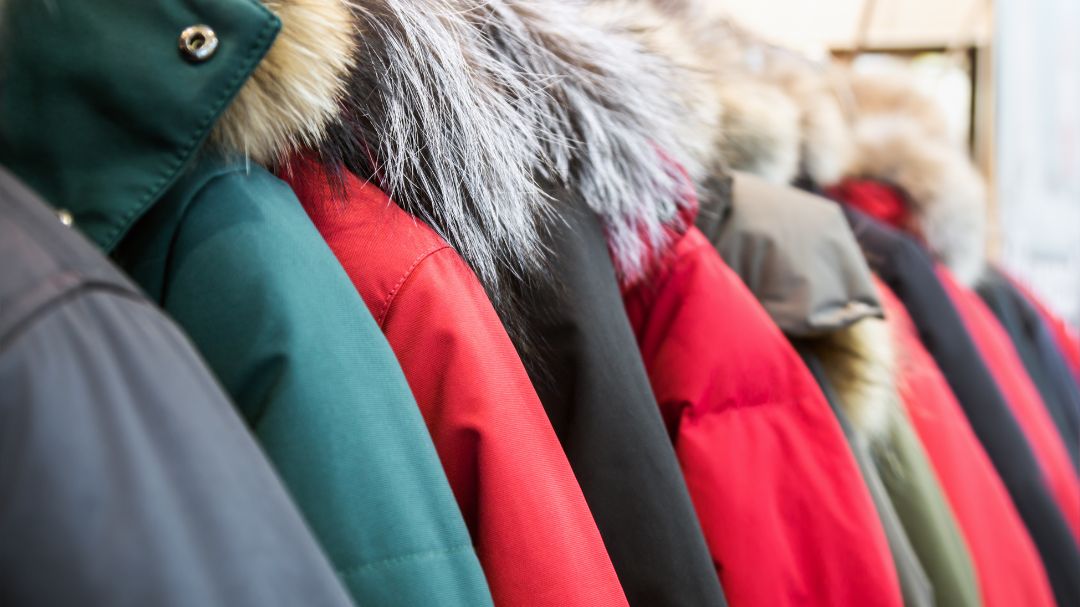
The best cozy winter outfits incorporate strategic layers and appropriate fabrics. Use these top four tips for dressing warmly without adding bulk.
1. Wear a Fitted Base Layer
Start your outfit with a base layer, either a shirt or shirt and pants, that fits closely to your body. The base layer will wick away your perspiration, which will help keep you warm and comfortable.
There is a slight difference between base layers and thermal layers—thermal layers may or may not wick as well as base layers. Before you purchase a base layer or thermal layer, make sure it has moisture-wicking properties.
Base layers come in three fabric weights: lightweight, midweight, and heavyweight. The lighter the fabric weight, the more efficiently the layer will wick. The heavier the fabric weight, the more heat retention the base layer provides, but at the cost of efficient moisture-wicking.
2. Wear a Warm Mid-Layer
The second tip for dressing warmly without adding bulk is to wear a warm mid-layer. Since you’re placing this layer over a fitted base layer that won’t bunch up under other clothes, the mid-layer won’t add bulk. Polyester fleece and merino wool make excellent materials for lightweight mid-layers because they’re warm and don’t absorb water.
If you’re not in a very cold place, you can wear a thicker mid-layer as an outer layer. A thick mid-layer, such as a jacket with insulation, will be warmer than a lightweight mid-layer, like a fleece jacket, and it usually has a waterproof outer shell.
Layering your clothes gives you a versatile outfit. In some circumstances, such as when you’re indoors, you might remove most of your layers and simply wear your base layer. If you’re packing for a trip, keep this in mind and choose garments that suit your style.
3. Don’t Layer Too Tightly
You don’t want a bulky outfit, but the layers shouldn’t fit too tightly, either. Even the base layer that sits directly on your skin shouldn’t be very tight, just snug.
If you wear tight pieces or there isn’t enough space between layers, there won’t be enough room for warm air to move between the layers. In turn, the clothes won’t retain body heat as effectively as they should.
Tight clothes can also restrict circulation and make your body colder, and your clothes shouldn’t greatly restrict your range of movement. The more you move, the more your blood circulates and the warmer you’ll be.
4. Ensure Ample Coverage
A small gap between your clothes might not seem like much when you have so many layers on, but these gaps are basically chinks in your winter wardrobe armor. For the most efficient warming, make sure every item in your ensemble fits you well.
The colder the environment, the more important it is to not leave skin exposed to the cold. When your winter clothes fit well, you have better coverage over your wrists, chest, ankles, and waist.
If you’re in a wet environment, either from falling precipitation or from snow, ice, or water on the ground, wear a waterproof top layer and gloves. Water-resistant items will block out some water, but not as much as waterproof garments can. Just as you want to keep your body dry from perspiration, you want your outer layer to protect you from environmental moisture.
